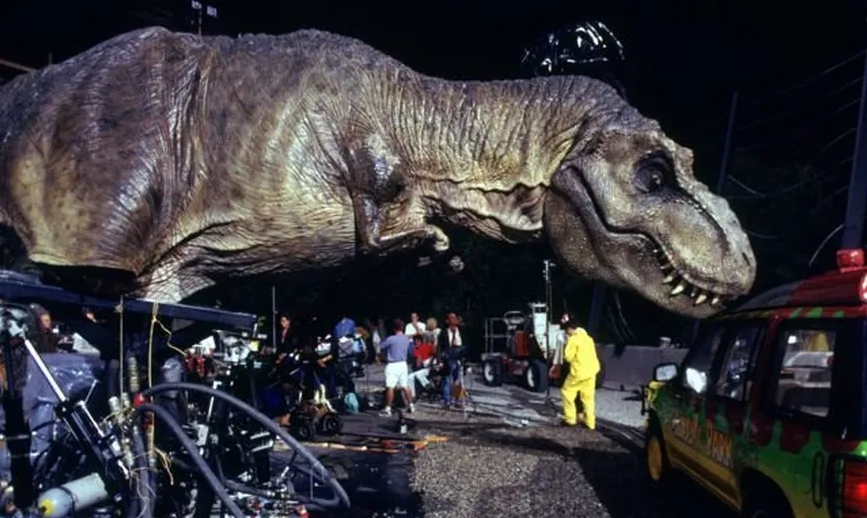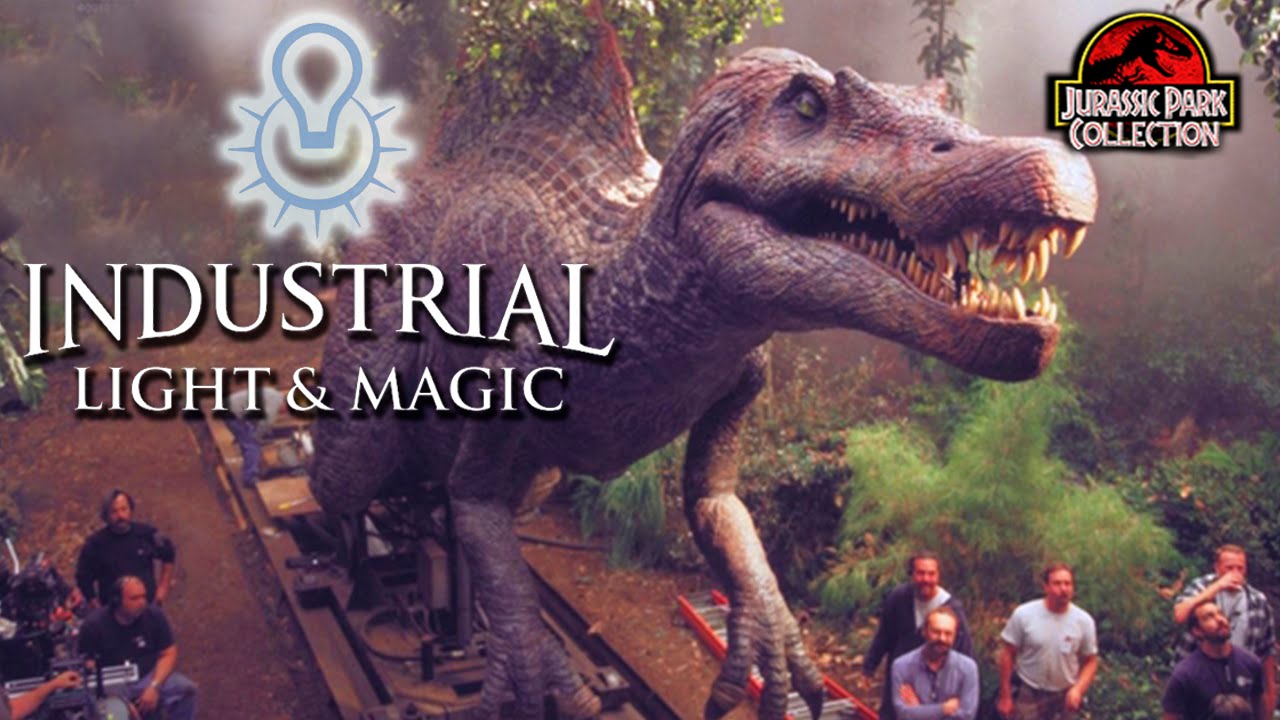Question: Were the dinosaurs in Jurassic Park animatronics?Answer: Yep, the vast majority of the dinosaurs you see in the movie are animatronic dinosaurs. Why didn't they use CG special effects? Answer:
The Dynamic Duo: Stan Winston Studio and Industrial Light & MagicIf you've ever watched Jurassic Park and found yourself marveling at the lifelike dinosaurs, you might wonder, "Were those dinosaurs animatronics?" The answer is a resounding yes, and they played a pivotal role in bringing this iconic film to life. Jurassic Park, released in 1993, was a game - changer in the world of cinema. The film's success was largely due to its groundbreaking special effects, a collaborative effort between two industry powerhouses: Stan Winston Studio and Industrial Light & Magic (ILM). Stan Winston, a renowned figure in the special effects realm, was recruited by director Steven Spielberg to create the animatronic dinosaur models. His studio's contributions were invaluable, especially for close - up and interactive scenes. Their 4 - ton mechanical Tyrannosaurus rex, with its hydraulic metal skeleton supporting the head and meticulously detailed muscle texture, was a masterpiece. Many of the actors' on - set interactions with the dinosaurs were with these physical models. For instance, when the characters had those heart - stopping, face - to - face encounters with menacing dinosaurs, it was often a Stan Winston - crafted animatronic that made the moment terrifyingly real.
On the other hand, ILM, founded by George Lucas in 1975, was responsible for the digital wizardry in Jurassic Park. They dedicated 18 months to creating 23 minutes of groundbreaking shots. ILM brought their innovative computer - generated imagery (CGI) technology to the table, creating digital versions of dinosaurs that blended seamlessly with the live - action footage. In long - distance shots or when the dinosaurs interacted with the environment in complex ways, ILM's CGI made the dinosaurs' movements fluid and natural, setting a new standard for digital creature creation in films.
The Appeal of Animatronics in Jurassic ParkIn the early 1990s, CGI technology was still in its infancy. It struggled to render complex, lifelike moving objects with the necessary detail, smoothness of motion, and realistic lighting effects. Creating a fully - fledged, textured dinosaur that could move naturally in various scenes was beyond its capabilities at the time. Even if attempted, the results would have likely appeared stiff and unconvincing. Animatronic models, however, had distinct advantages. They were tangible, with real - world textures, dimensions, and weight. The models crafted by Stan Winston Studio, made from materials like metal and silicone, vividly showcased the rough, scaly skin and massive size of the dinosaurs. These models integrated seamlessly with real - life sets, and actors could interact with them more authentically, enhancing the overall believability of the scenes. Moreover, the movements of animatronic models, controlled by mechanical devices, were precise and could be choreographed to perfection, far surpassing the accuracy and naturalness achievable with CGI at that time. The Making of Animatronic DinosaursThe process of creating these animatronic dinosaurs was an elaborate one. The model - making teams delved deep into paleontological research, studying dinosaur fossils to understand their skeletal structures, muscle formations, and body proportions in minute detail. This knowledge was crucial for accurately replicating the appearance of dinosaurs in the models. Materials selection was carefully considered. Metal frames provided the structural integrity, ensuring the models could withstand the demands of movement. Silicone was used for the skin, and through special treatments, it was made to look and feel like the rough, textured hide of a dinosaur. The production process began with clay sculpting, where artisans painstakingly shaped the initial dinosaur prototypes, capturing both their form and expression. Molds were then created, and materials like silicone were cast to form the various parts of the dinosaur's body. These parts were then mounted onto the metal frames, and mechanical devices were added to enable movements such as head turns, limb swings, and jaw openings. The Seamless Blend of Animatronics and CGIIn Jurassic Park, animatronics and CGI were not used in isolation; they were combined to create a seamless visual experience. In some scenes, animatronic dinosaurs were used for close - ups to showcase their intricate details, while CGI was employed for long - distance shots or to add more dinosaurs to a scene. For example, in the kitchen scene with the Velociraptors, the close - up shots used animatronic models, while the wider, panoramic views incorporated CGI to create a more expansive and dynamic scene. To further enhance the integration of these two technologies, the special effects team developed the "Dinosaur Input Device" (DID). This was an improved version of the traditional puppet - posing model. By using the Go - Motion fully programmable stop - motion system, the movement data of the physical models was encoded and digitized, and then applied to computer - generated animations, making the transition between animatronics and CGI even more seamless. The dinosaurs in Jurassic Park were indeed animatronics, and their combination with CGI revolutionized the way special effects were used in movies. The collaboration between Stan Winston Studio and Industrial Light & Magic created a visual spectacle that continues to amaze audiences to this day, and it set a high standard for future films in terms of creature design and special effects integration. |


